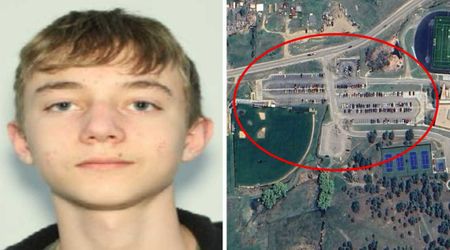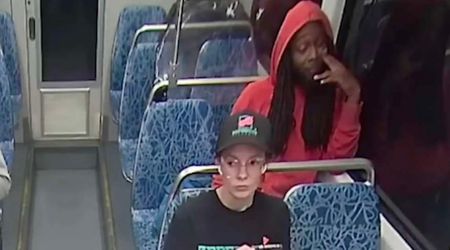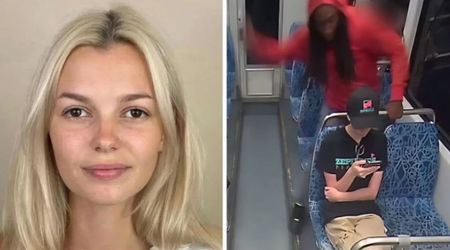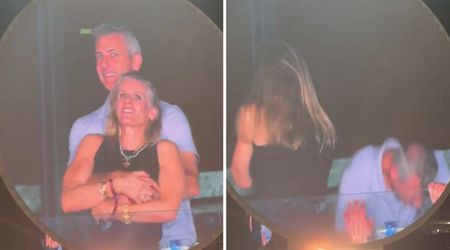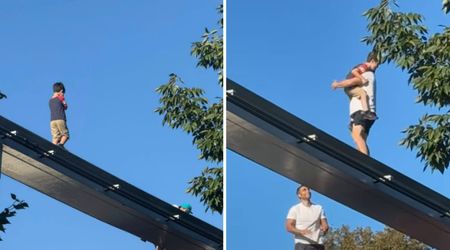Stranded NASA astronaut Barry Wilmore's wife reveals his struggles since returning to Earth: 'It's rough'

HOUSTON, TEXAS: After an unexpected and grueling nine-month mission in space, astronaut Barry 'Butch' Wilmore, a Houston, Texas resident, is now facing a new challenge- readjusting to life on Earth.
Wilmore, along with his crewmate Sunita 'Suni' Williams, was originally set for an eight-day mission but ended up spending 286 days in orbit before finally returning to Earth last week in a dramatic splashdown off the coast of Tallahassee, Florida inside a SpaceX Dragon capsule on March 18.

Barry 'Butch' Wilmore's struggle of returning to gravity
Wilmore's wife, Deanna Wilmore, has revealed just how difficult the transition has been for her husband. Adjusting to Earth's gravity after such a long period in space is no easy feat.
In fact, both astronauts will require 45 days of rehabilitation to begin recovering their strength.

"Barry does say gravity is not his friend right now, and you know the stamina is not there, and so they do have to rest and relax quite a bit because they're just not strong yet," Deanna shared, per Daily Mail.
Significant muscle and bone loss are common for astronauts who spend extended periods in space.
Butch Meets Butch! @UTCoachJones met @NASA_Astronauts Butch Wilmore & his wife Deanna #SpaceButch 🚀🚀🚀🚀🚀🚀 pic.twitter.com/R7OxtloINq
— Tennessee Football (@Vol_Football) September 11, 2015
However, because Wilmore and Williams were in space far longer than planned, the effects on their bodies are more severe. According to doctors, they could have lost up to half of their muscle mass and nearly a fifth of their bone density, as per NASA.
Astronaut Barry Wilmore reunites with family after nine months in space
Despite the physical toll, Wilmore’s homecoming was filled with heartfelt moments. His two daughters, Daryn and Logan, were there to welcome him back.
Daryn shared an update on her father's condition, stating, "He’s doing good, it’s rough, but he’s a trooper."
View this post on Instagram
Deanna also recalled the emotional moment Barry walked through the door after nine months away.
"There was not a lot of talking, just a lot of hugging and enjoying the moment," she said.

The astronaut missed several key family events, including birthdays, Christmas, and his 30th wedding anniversary with Deanna.
View this post on Instagram
However, he made it back just in time for Logan’s high school graduation next month.
NASA astronauts face year-long rehabilitation
NASA experts and medical professionals have outlined a challenging recovery timeline for Wilmore and Williams.
In previous cases, researchers have found that it can take up to 1.5 times the length of a mission for astronauts to regain full strength.
That means Wilmore and Williams could be looking at over a year of rehabilitation, including progressive core and spinal stabilization exercises, stretching and mobility work, monitoring for signs of chronic pain issue or herniation, and slow reintroduction to high-impact activities.
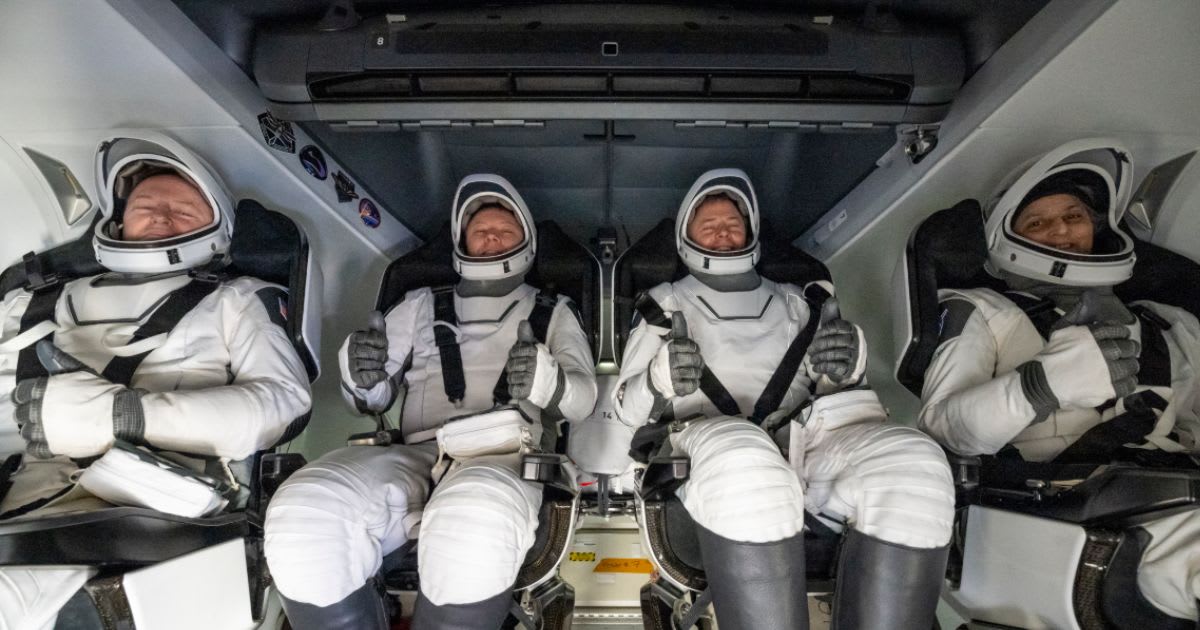
Dr Ehsan Jazini, a spine surgeon at VSI, emphasized the importance of patience during recovery.
"NASA’s medical teams are well-equipped to handle this, but given the length of their mission, a longer recovery timeline should be expected," he said.
"Just like I tell my patients, they’ll need a lot of patience and consistency in the rehabilitation process," he explained.
A triumphant return for Astronaut Butch Wilmore.
— Rapid Response 47 (@RapidResponse47) March 18, 2025
Welcome home. 🇺🇸 pic.twitter.com/zsIZN7vkAh
"Even with pre-landing conditioning practices, their return to gravity is still a major adjustment to their spine, as nothing fully replicates that sudden shift back to Earth’s gravity."
Despite these hurdles, experts were encouraged to see both astronauts walking less than 24 hours after their return, calling it a promising sign of resilience and determination.

